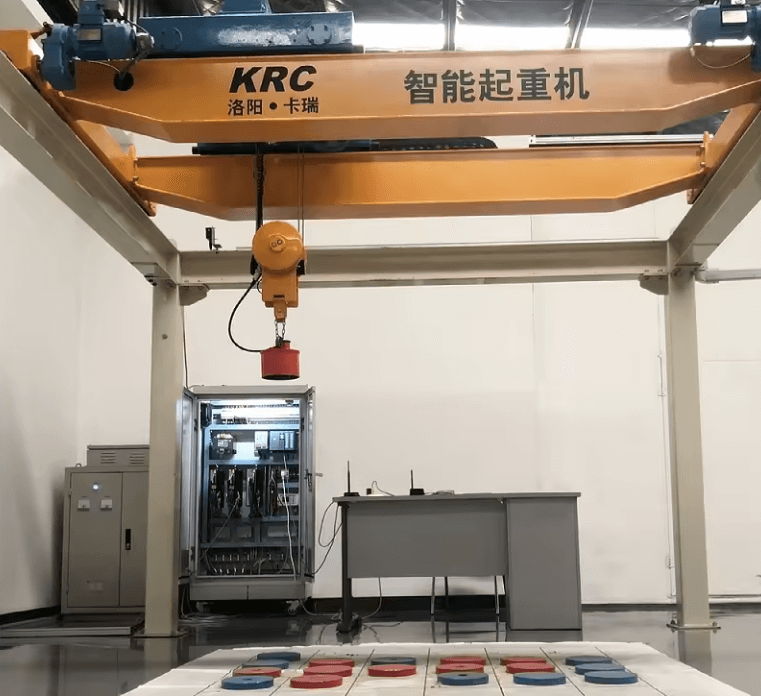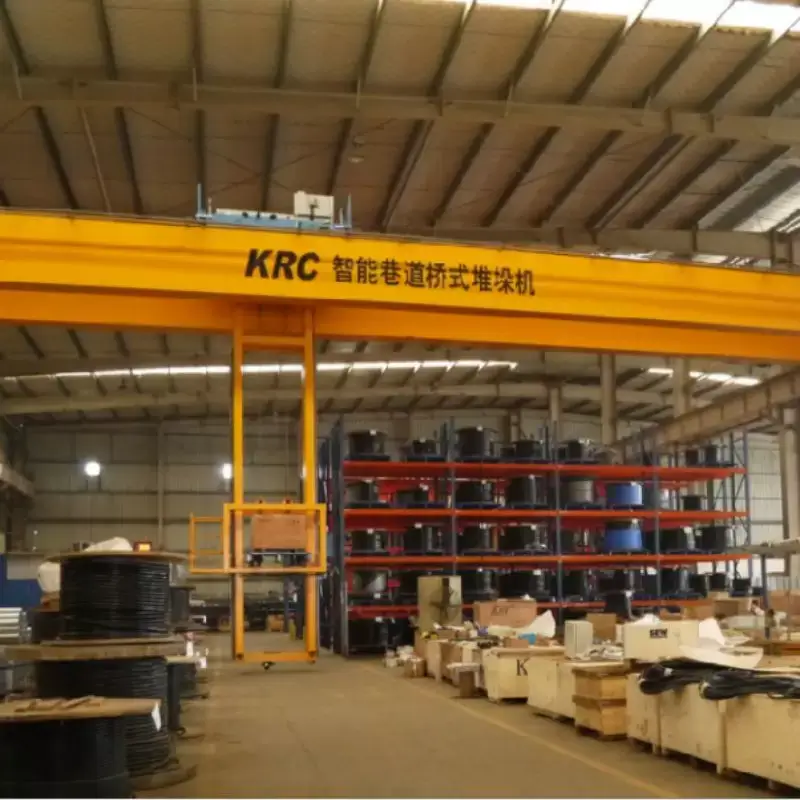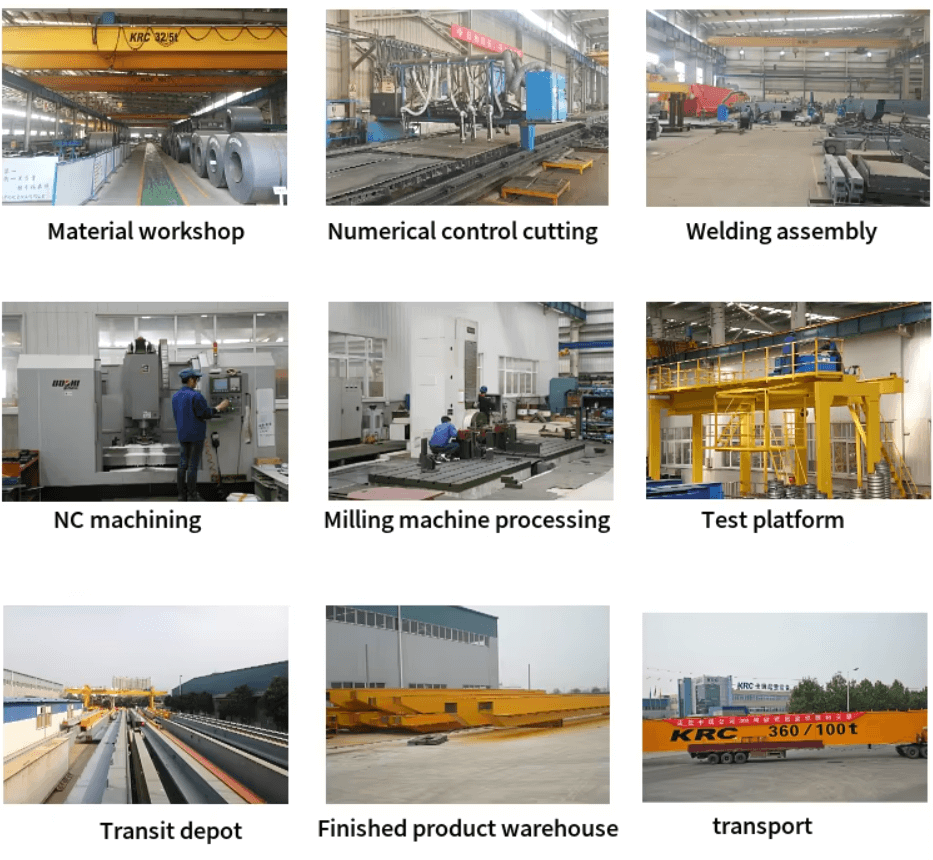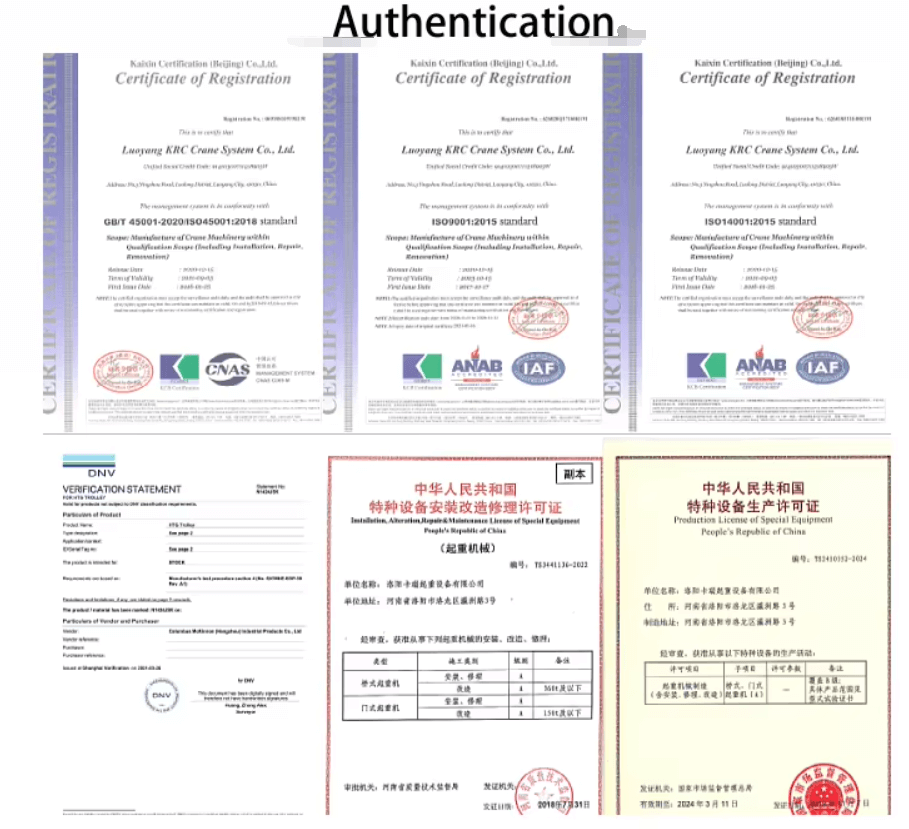Here are ten frequently asked questions (FAQs) about the intelligent EOT Crane systems
What is the positioning accuracy of your intelligent EOT cranes?
Our intelligent EOT cranes can achieve a positioning accuracy of up to 3mm.
How do the cranes determine if they have successfully grasped the cargo?
The automatic lifting mechanisms are equipped with sensors that assess and confirm whether the cargo has been successfully grasped.
What kind of monitoring system is installed in these cranes?
These cranes feature an intelligent monitoring system that records operational status and uses a real-time diagnostic system to display fault information.
How do the cranes communicate and what are the benefits of this method?
The cranes use reliable wireless communication technology, which effectively prevents signal loss due to cable wear.
What is the purpose of the anti-sway function in these cranes?
The anti-sway function stabilizes the hook during operations, improving work efficiency and ensuring safety.
Can you describe the specific design features of the crane made for Wind Sail Battery Company?
We designed a fully automated, unmanned loading crane for Wind Sail Battery Company, which integrates with the entire warehouse-to-production line process, enhancing automation and efficiency.
How does the crane handle operations in the warehouse?
In the warehouse, the intelligent crane automates the entire lifting and handling process, with precise control over positioning and lifting, maintaining a positioning error of less than 5mm.
What safety features are included in the production line operations of these cranes?
The cranes include area detection safeguards to prevent accidents by stopping crane operation when personnel or objects are detected in the path.
How can production staff monitor the crane’s operations?
Production staff can monitor the crane’s real-time operational data via computers, smartphones, or touch screens.
What are the benefits of using these intelligent EOT cranes in terms of cost efficiency?
These cranes reduce labor and resource costs significantly by automating processes and providing real-time monitoring and control capabilities.





